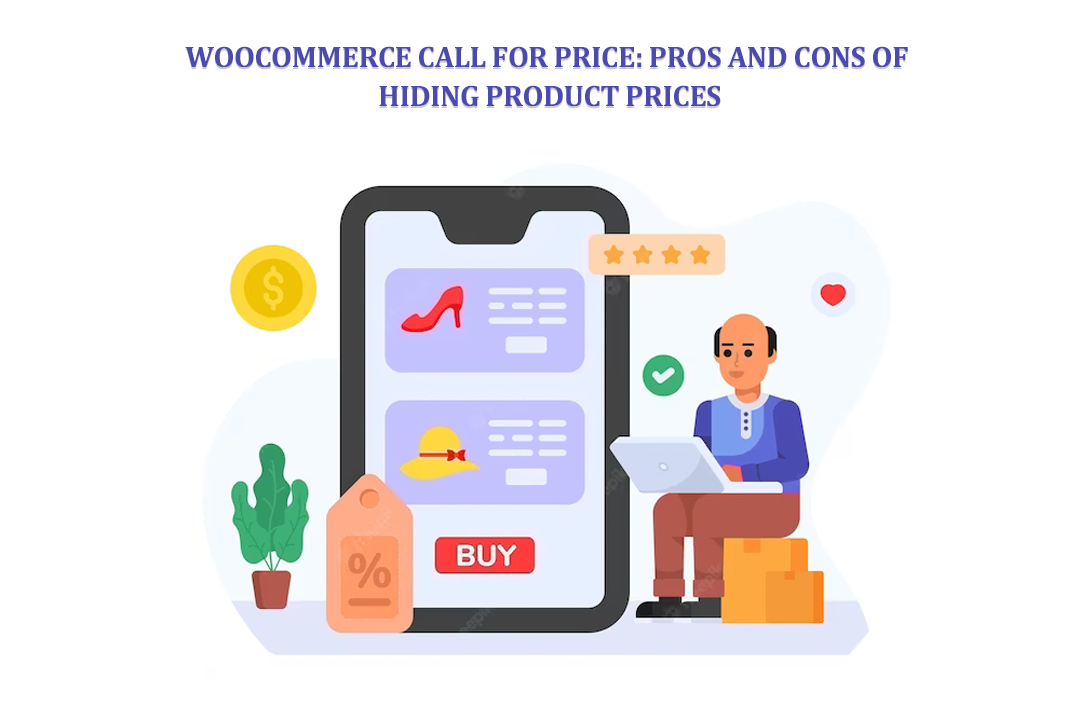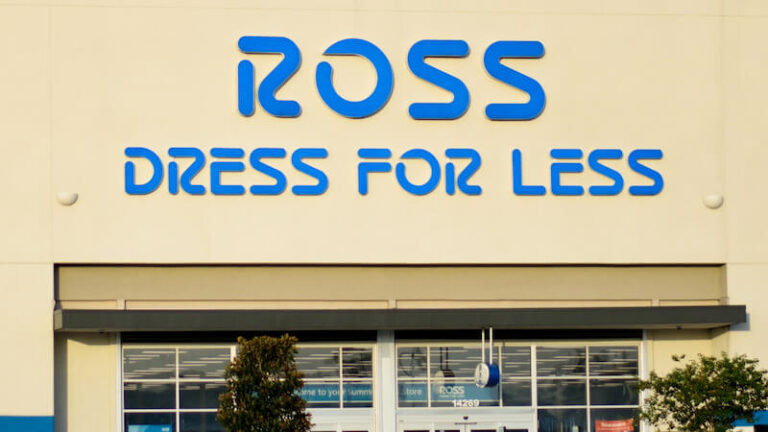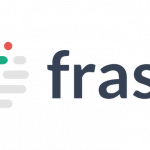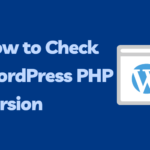Imagine you’re browsing an online store, intrigued by a product that seems tailor-made for your needs.
But wait, there’s a twist – the price tag is nowhere to be found!
This seemingly unconventional approach has its share of pros and cons that can impact your business strategy in profound ways.
On the one hand, the allure of generating leads through curiosity-driven interactions and providing personalized experiences stands as a compelling opportunity.
On the other hand, the potential pitfalls of complicating the user journey, eroding trust, and potentially missing out on straightforward sales must be addressed.
Join us as we unravel the intricacies of the WooCommerce call for price strategy.
Together, we’ll explore the benefits of lead generation, competitive edge, and customized communication while carefully navigating through the challenges of user experience, trust-building, and missed opportunities.
By the end of this exploration, you’ll be equipped with the insights needed to make an informed decision that aligns seamlessly with your e-commerce aspirations.
Let’s dive in!
Pros of Hiding Product Prices
Hiding product prices in e-commerce, such as WooCommerce, has advantages that cater to specific business models and marketing strategies.
While transparency is often considered crucial, specific scenarios warrant concealing prices to optimize customer engagement and lead generation.
1. Lead Generation
One significant advantage is lead generation. By withholding prices, businesses prompt potential customers to initiate contact for WooCommerce name your price inquiries.
This approach transforms visitors into leads, enabling personalized communication and yielding valuable insights into customer preferences and needs.
This interaction nurtures relationships and enhances the likelihood of converting these leads into sales.
2. Personalized Interaction
Personalized interaction is another key benefit.
Hiding prices facilitates direct customer engagement, allowing businesses to tailor solutions to individual requirements.
This more profound understanding of customer needs can lead to more practical recommendations, ultimately enhancing customer satisfaction and loyalty.
3. Competitive Advantage
Competitive advantage is yet another pro. Concealing prices offer businesses greater control over how product information is presented.
This control is handy when emphasizing value-added services, unique features, or premium quality that mere price comparisons in a competitive market may overshadow.
This approach highlights what sets the business apart and can position it as a preferred choice among alternatives.
4. Complex Pricing
For products with complex pricing structures, hiding prices can be advantageous.
Products that offer customization options, bulk ordering discounts, or tiered pricing based on quantity can take time to convey accurately through fixed-price listings.
By encouraging direct communication, businesses can ensure that customers fully comprehend the nuances of pricing and options, potentially leading to more informed purchasing decisions.
5. Pricing Discretion
For luxury or prestige products, hiding prices can cultivate an aura of exclusivity.
This strategy aligns with the psychological appeal of premium brands and fuels a perception of elevated status.
The intrigue associated with concealed pricing can enhance the overall desirability of the products, catering to a specific target audience seeking uniqueness and sophistication.
Cons of Hiding Product Prices
While hiding product prices in e-commerce platforms like WooCommerce may offer some advantages, it also comes with disadvantages that businesses should consider carefully.
Transparency is a cornerstone of successful online shopping experiences, and obscuring prices can lead to friction, distrust, and missed opportunities.
1. User Experience
One of the most significant drawbacks of hiding product prices is the potential negative impact on user experience.
Modern online shoppers are accustomed to quick, convenient browsing and purchasing. When prices are not readily available, customers might experience frustration and impatience.
This friction can deter potential buyers from engaging with your website, increasing the likelihood of cart abandonment, and hindering conversion rates.
2. Loss of Trust
Another crucial con is the erosion of trust. Transparent pricing is a fundamental aspect of building credibility with customers.
When prices are hidden, it can evoke skepticism and raise questions about the fairness of your pricing strategy. Customers may wonder if there are hidden fees or if they’re being taken advantage of, leading to losing trust in your brand.
Trust is essential for repeat business and positive word-of-mouth recommendations, which concealed prices can compromise.
3. Increased Friction
Hiding prices also introduces an additional step in the buying process – contacting the business for pricing information. This can result in increased friction and a more complex customer journey.
Consumers today seek seamless, hassle-free experiences, and adding hurdles to the process can discourage them from completing purchases.
The likelihood of potential customers moving on to a competitor with readily available pricing information is a genuine concern.
4. Time-Consuming
The time-consuming nature of handling individual price inquiries is another notable drawback.
Businesses that hide prices may be inundated with inquiries that require individual responses. This can strain resources and impact efficiency.
It’s a less scalable approach than transparent pricing, where customers can independently explore options and make purchasing decisions without relying on direct communication.
5. Missed Opportunities
The practice of hiding prices can lead to missed sales opportunities. Many online shoppers have a limited attention span and numerous alternatives.
If prices aren’t visible, potential customers might not bother to contact you and instead opt for a competitor with readily available pricing information.
This potential revenue loss can be significant, especially in a competitive market.
6. Competitor Comparison
Hidden prices can inhibit effective competitor comparison. Consumers often research and compare prices across different brands before purchasing.
When prices are concealed, customers might perceive your products as more expensive than they are, leading them to explore alternatives without giving your offerings a fair chance.
7. SEO Impact
Regarding search engine optimization (SEO), hiding prices can pose challenges. Search engines value websites that provide comprehensive and relevant information to users.
Concealing prices may impact your website’s visibility in search engine results, potentially affecting your organic traffic and discoverability.
Conclusion
In the realm of WooCommerce, the decision to hide product prices is a nuanced one, intertwining innovation and caution.
While the allure of personalized engagement, competitive differentiation, and lead generation tantalizes, the potential repercussions of strained user experience, diminished trust, and missed conversions loom equally significant.
Striking the right balance requires a thorough understanding of your target audience, product intricacies, and overarching business goals.
Ultimately, the “Call for Price” strategy can be powerful if wielded thoughtfully.
By carefully considering the pros and cons, you can leverage this approach to resonate with a select audience seeking exclusivity and customization.
Alternatively, embracing transparent pricing may attract a broader consumer base that values convenience and clarity.
The key lies in your discerning choice, bridging innovation with user-centricity for a thriving WooCommerce venture.










